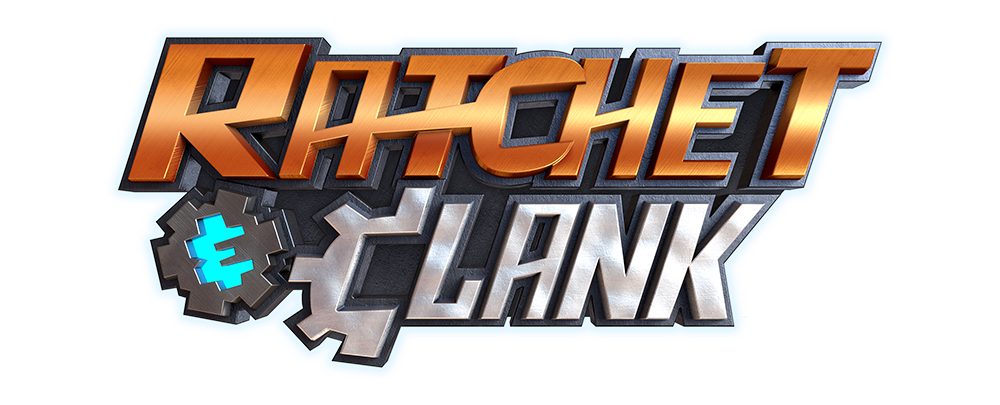- Platform: PS4
- Also Available on: Xbox One, Windows (Origin)
- Genre: Action/Platformer
So, it finally happened; we got a new Mirror’s Edge. Like the original, the core of this game is all about the first-person parkour-inspired platforming, and this prequel/origin story/retcon doesn’t change much about that. What this one does do is throw away the linear progression in favor of an open world taking place entirely on the rooftops of Glass, which was also the city setting of the original. So then the question is, did that change work? Did this game improve on some of the shortcomings of the original?
Going to get this out of the way fast. Yes, the running that covers the core of the game is still fantastic. Getting into a good flow running across the rooftops is still better in this game than in any other parkour-style game that I’ve played. The open world nature of the game makes this even better, as learning routes between common hubs pushes you to get faster and faster travelling around the city, making that traversal fun enough to often skip using the fast travel that was available. Some people have already complained that some of the traversal skills are locked behind an XP wall, but I never hit a point where I felt limited in what I could do, and the new skills that were unlocked pretty seamlessly integrated into how I was playing, as I was learning to use them one at a time and could experiment over extended play running around the city.
That said, the open world nature of the game did suffer from something akin to Assassin’s Creed syndrome. There are some good side events scattered around. The time trials of the original came back in the form of Dash events, and are still as good as ever as you continue to improve on your runs to 3 stars. However, most of the side content is little more than fluff consisting of collecting orbs or doing more normal running segments that you would already be doing to get around the city. While these do give XP for people grinding out upgrades, I got to the end of the game without needing the XP only incidentally doing these things while getting around between story missions. For the completionist, this game has a lot, but for the people going straight through the story, these are skippable.
Unfortunately, the combat was still not that great here. While it’s definitely a game about staying OUT of combat, there’s enough forced combat missions that the poor quality of the combat can be annoying at times. They did get rid of the poor gun combat from the original, which is a plus, but even the hand to hand combat was not that great. It basically consists of weak punches that I stopped using about 1/3 through the game, and strong attacks that can be effectively head on or from a side. While there are some nice possibilities in the side attacks, particularly in causing enemies to stumble into and interrupt each other, the actual pace of the combat is generally slow and clunky. Given how good the running is, it’s not a huge deal that combat is poor, but giving more possibilities of entirely avoiding the handful of forced combat areas would certainly have gone a good way in improving this situation.
So overall this game was pretty similar in outcome to the original. The running portion of the game is still fantastic, the combat was still pretty poor, but the game overall is still highly enjoyable and worth playing. While the open world change to the game flow has some hits and misses, the parts of the game that were still fun about the original are still maintained. Just don’t expect the story to make any sense when connected to the original.


